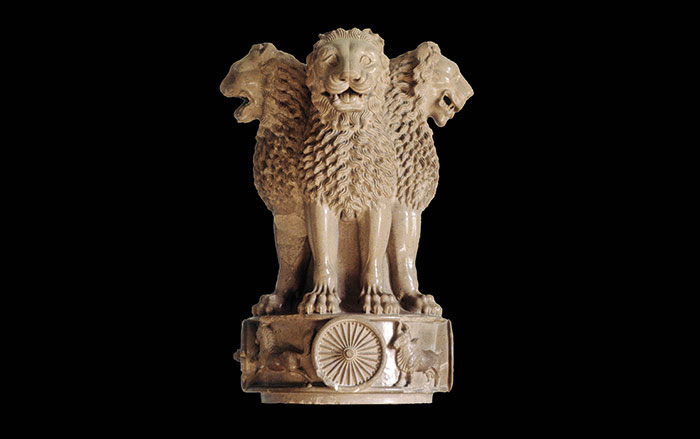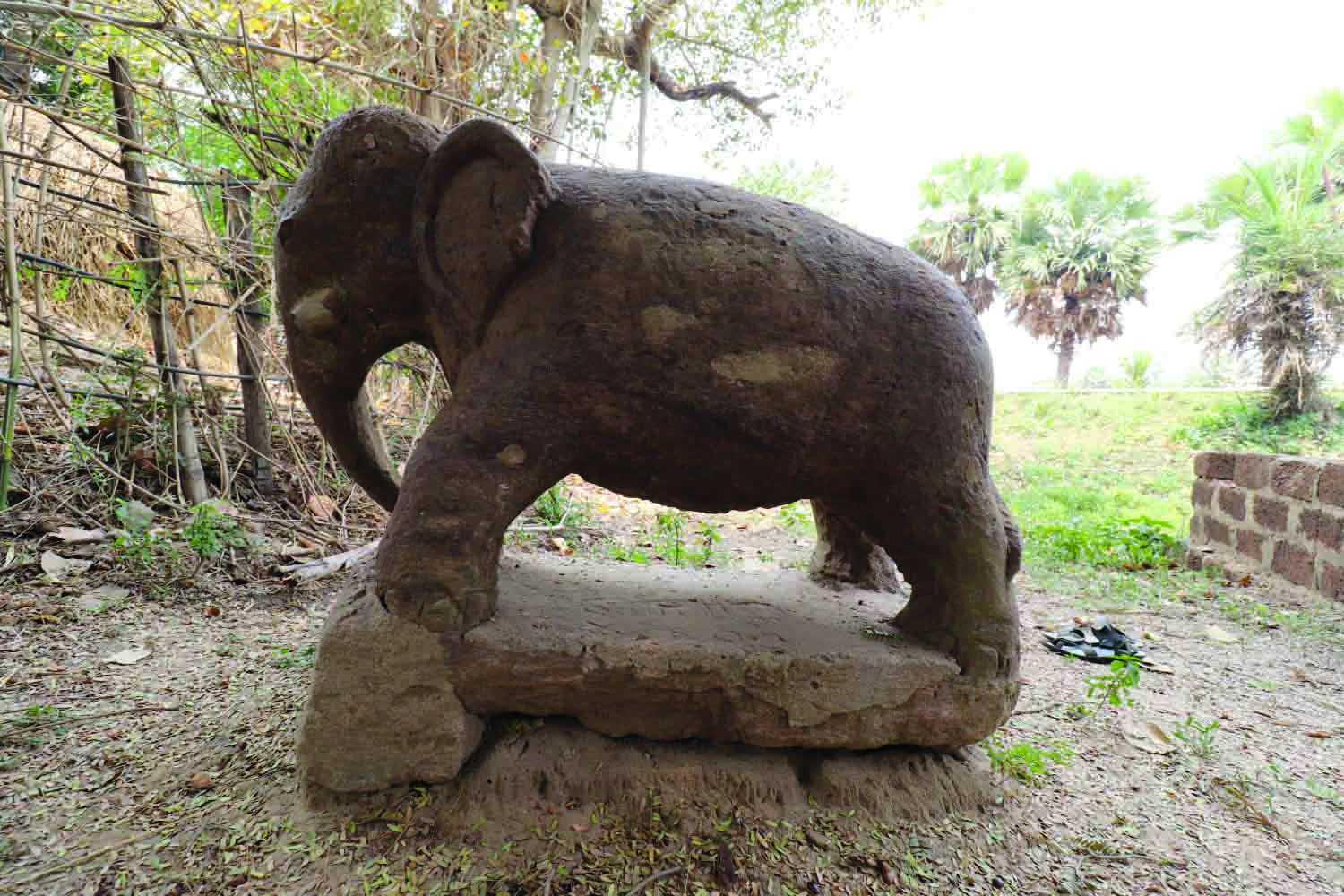JALLARPUR, INDIA—The Hindu reports that researchers from the Archaeological Survey of India (ASI) have radiocarbon dated a Chalcolithic, or Copper Age, village first identified last year in eastern India's Odisha state. Extensive mud architecture, stone tools, and faunal remains were excavated from the site, which was first occupied sometime before 1400 B.C. According to ASI archaeologist Bhubaneswar D. Garnayak, a potsherd decorated with a sun motif found at the site shows the villagers may have participated in solar worship, which is known to have been practiced in the region beginning around 2000 B.C. A terracotta bull figurine was also discovered in the village. To read about another recent discovery, go to “India’s Temple Island.”
Copper Age Village Unearthed in India
News August 6, 2019
Recommended Articles
Digs & Discoveries May/June 2024
Educational Idols

When Lions Were King September/October 2023
Symbols

Digs & Discoveries September/October 2023
The Elephant and the Buddha


-
Features July/August 2019
Place of the Loyal Samurai
On the beaches and in the caves of a small Micronesian island, archaeologists have identified evocative evidence of one of WWII’s most brutal battles
 (Courtesy Neil Price)
(Courtesy Neil Price) -
Letter from England July/August 2019
Building a Road Through History
6,000 years of life on the Cambridgeshire landscape has been revealed by a massive infrastructure project
 (Highways England, courtesy of MOLA Headland Infrastructure)
(Highways England, courtesy of MOLA Headland Infrastructure) -
Artifacts July/August 2019
Bronze Age Beads
 (Courtesy Carlos Odriozola)
(Courtesy Carlos Odriozola) -
Digs & Discoveries July/August 2019
You Say What You Eat
 (Courtesy David Frayer, University of Kansas)
(Courtesy David Frayer, University of Kansas)


